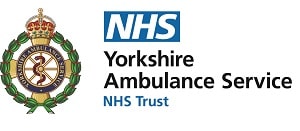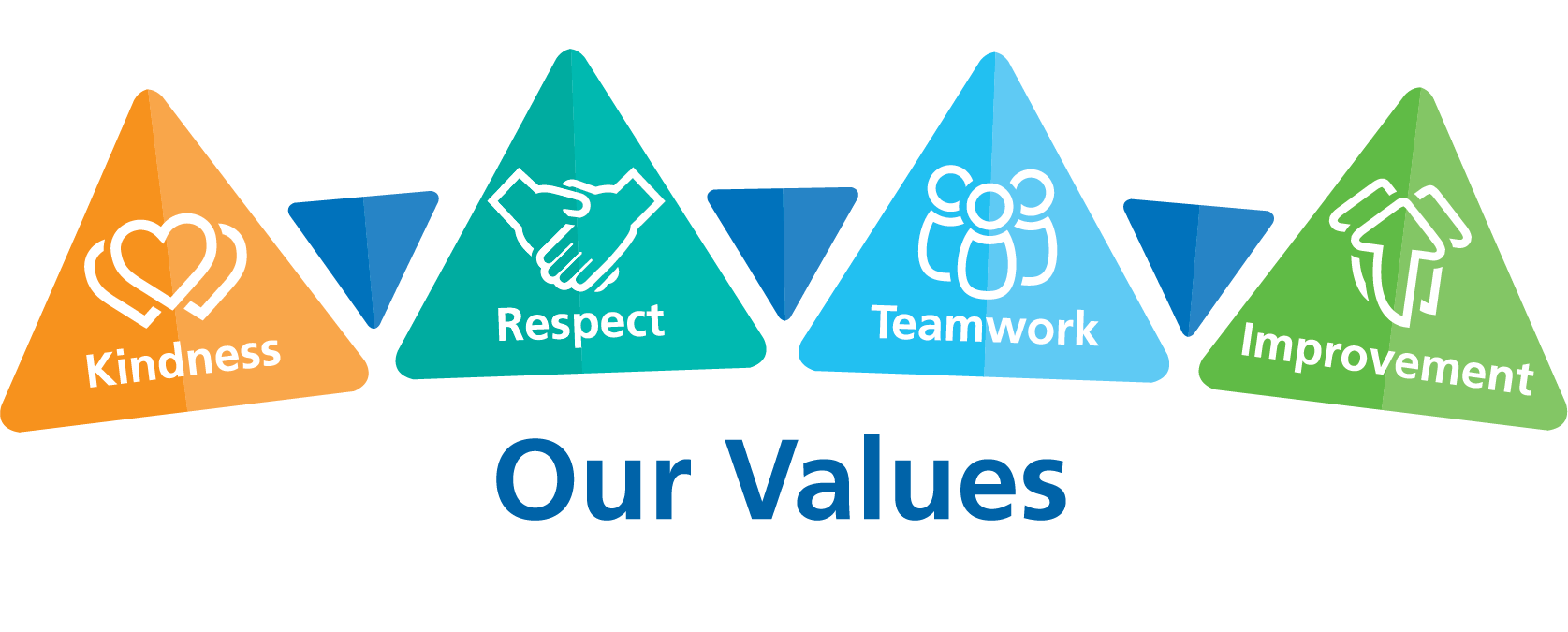Celebration of excellence at Yorkshire Ambulance Service
23 April 2018
Yorkshire Ambulance Service NHS Trust (YAS) is celebrating the excellent work done by its staff which enhances experiences of care for patients, families, carers and staff.
As part of Experience of Care Week, which runs from 23 to 27 April, YAS will share patient stories and compliments on social media as a way of thanking staff and volunteers for the care they have provided.
The Patient Relations Team receives and processes many compliments for staff across the Trust, including A&E Operations, the non-emergency Patient Transport Service and NHS 111 urgent care service.
Karen Owens, Deputy Director of Quality and Nursing at Yorkshire Ambulance Service, said: “We’re extremely proud of our staff and volunteers who all work hard to provide the best possible care for patients every single day. They don’t expect thanks for what they do, but it’s really important to recognise their dedication.
“There are so many stories of colleagues doing an excellent job and we’re delighted to be able to share some of them with the public.”
Katie Thompson – Emergency Medical Dispatcher
Paramedic Ray and student paramedic Greg were on duty when they received a call to a patient with breathing difficulties.
Katie was the Emergency Medical Dispatcher for this call, working in one of our two Emergency Operations Centres (EOCs). Katie’s role is to get the right information from the caller to arrange the most appropriate response. The 999 call was made by the patient’s friend, after the patient had texted to say that she was struggling to breathe. Katie made direct contact with the patient and soon realised that she was in severe difficulty and could not speak in full sentences.
As Katie was fairly new to her role, she was working with a mentor who advised that the patient should communicate with Katie by pressing on her phone keypad - once for “no” and twice for “yes”. Katie recognised the seriousness of the patient’s condition and, following discussion with a team leader, the call was upgraded to ensure that help got to the patient as quickly as possible.
Fellow dispatcher Nicky searched for the nearest available ambulance crew and sent Ray and Greg to the incident. They arrived within eight minutes and treated the patient to reverse the effects of her condition, before taking her to hospital.
After the incident, Ray and Greg called the EOC to pass on their thanks to Katie for recognising that the patient was not breathing properly and acting on this quickly. The crew were also very grateful to Nicky and the team leader for their quick response and strongly believe that the decision to upgrade the call saved the patient’s life.
Following her compliment from the crew, Katie said: “Once an ambulance had been called by the patient’s friend, there was no statutory requirement for me to call the patient, but I just wanted to make sure that she was OK, as well as reassuring her that help had been arranged.
“It is always nice to be reassured that help is on the way in a scary situation such as struggling to breathe. When I found out that the crew had submitted a compliment about me, I felt really good. I rang my family straightaway to tell them I’d been recognised for doing a good job.
“I’m really pleased to know that my actions helped to save the patient’s life; it’s a really good feeling. I love working in the EOC and it is nice to know that we are making a difference to people’s lives and often people are really grateful.”
Katie volunteers as a Community First Responder in her spare time.
Allison Green – Community First Responder
Allison was dispatched to a patient with severe breathing difficulties. She was an elderly lady and lived with her friend who was also elderly and suffered from dementia.
Soon after Allison arrived, a paramedic in a rapid response vehicle turned up, quickly followed by an ambulance. The ambulance crew recommended that the patient went to hospital, but she initially refused to go, because she did not want to leave her friend who became very anxious and confused when she was not around.
For 20 minutes, the crew did their best to persuade the patient to go to hospital, eventually phoning a relative to come and stay with her friend. However, it was going to be some time before the family member could get to the house, so Allison suggested that she could stay with the patient’s friend. Allison confirmed that this was OK with control and the crew then took the patient to hospital.
Speaking about what happened next, Allison said: “Once the patient had left, her friend became very anxious and she was terrified that I would leave her on her own. I continually reassured her, took my jacket off and made us both a cup of tea, and only then did she start to relax.
“I then noticed a wonderful photograph of two young girls on a horse from around the 1930s and the lady explained that it was her and her friend. She then regaled me with tales of her younger life; it was so fascinating.
“Around an hour-and-a-half later, the patient’s family arrived. I reassured them and made sure that they had contact numbers for the hospital to find out about their relative. I eventually left around two to three hours after my arrival.”
Gordon’s experience of the Patient Transport Service
In June last year, Gordon was diagnosed with an illness which caused kidney failure and resulted in him needing dialysis in Leeds three times a week, with each session lasting four hours. Here, Gordon describes his experience of using the Patient Transport Service.
“When I started outpatient dialysis at St James’s Hospital on my very first day, I had a visit from Ann-Marie Kelly and a colleague. They were undertaking a patient review of the transport service, as there were going to be some changes, but being new, I wasn’t aware of what they were. Ann-Marie spoke to me and was very open about the changes and the reasons for them.
“Whilst I was at St James’s, I had a few bad experiences, with transport taking over two hours to arrive for my return journey home, which is demoralising and upsetting, as after dialysis, you are tired and drained; the procedure takes a lot out of you and all you want is to get home.
“Bearing in mind I live the best part of 30 miles away, it was sometimes a long time before I got home. There are always legitimate reasons such as volume of traffic, accidents or emergencies that require resources to be sent elsewhere or genuine mistakes and, as long as it’s not a precedent and only happens occasionally, then to me it’s no big deal.”
We aim to deliver the best possible service to all of our patients and, if there is an occasion when this level of service does not meet the required standards, we aim to resolve this as quickly as possible. Gordon goes on to explain how this has been the case for him.
“When any of the above happened and I was left waiting, I would contact Ann-Marie. She couldn’t be more helpful and always got me transport as soon as possible. We have a good relationship and she knows what I’m like. I always try to have a laugh about things, as there’s no point being serious and you can’t change what’s happened if the transport is late.
“Since receiving my dialysis at Beeston, the transport has improved greatly. I was always picked up on time and never late getting there, my return journey was with the volunteer drivers and I have to say what lovely people they all were - every last one of them. I had many different Volunteer Car Service drivers, but all of them were very courteous and professional. They are a credit to the Patient Transport Service, as are the ambulance staff. For the most part, they would be waiting as I finished my dialysis or they would arrive within five minutes.
“I have nothing but praise for how I have been treated by the Patient Transport Service and I have been extremely grateful for all the transport staff and drivers who, along with the NHS, keep me alive at no charge to myself and, if there’s an odd glitch in getting me home on time, so what? I’m still here; alive and enjoying life.”
You can see more stories and compliments on Facebook (search for Yorkshire Ambulance Service) and on Twitter @YorksAmbulance.
Produced by: Corporate Communications Department

